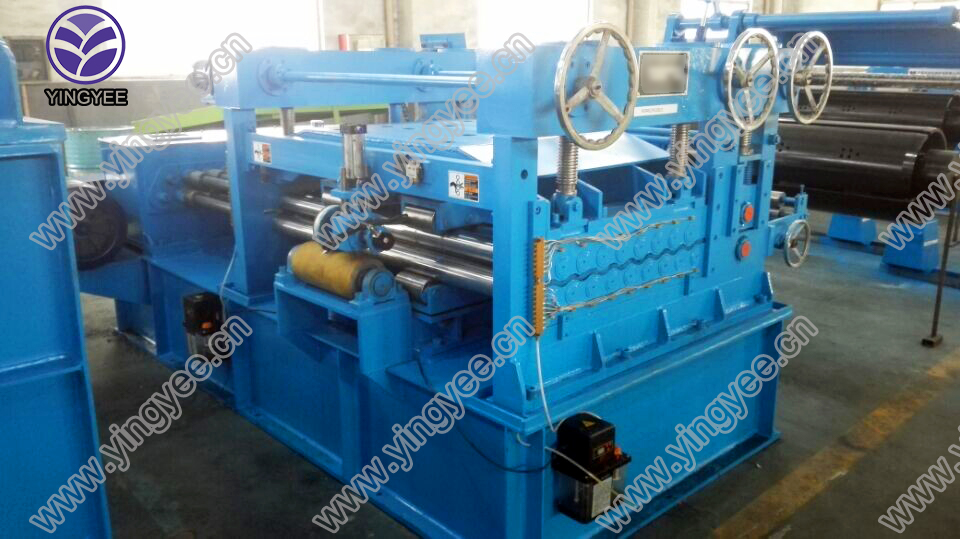
The Evolution and Advantages of Rolling Forming Machines
Rolling forming machines have become an essential tool in modern manufacturing, offering superior efficiency and precision when shaping metal materials. This innovative technology has evolved significantly over the years, providing various industries with tailored solutions for their fabrication needs.
Rolling forming, a continuous process involving the gradual shaping of metal sheets or strips into various profiles, is characterized by its efficient production capabilities and cost-effectiveness. The process begins with a flat strip of metal that is fed through a series of rollers, each designed to gradually deform the material into a desired shape. This method not only minimizes material waste but also ensures that the final product meets stringent dimensional tolerances.
One of the primary advantages of using rolling forming machines is the ability to produce complex profiles consistently. Traditional metalworking methods, such as stamping or bending, often struggle with intricate designs or require extensive tooling changes for different shapes. However, rolling forming machines can easily adjust to produce various profiles by simply changing the roller setups. This versatility makes them especially valuable in industries like automotive, construction, and appliance manufacturing, where specific shapes are required for components.
Moreover, the speed of the rolling forming process is a significant advantage in high-volume production scenarios. Unlike other methods that may require lengthy setup times or slower machining speeds, rolling forming allows for continuous production, leading to increased throughput. As a result, manufacturers can meet demand more effectively while maintaining a competitive edge in the market.

In addition to boosting productivity, rolling forming machines also enhance the overall structural integrity of the produced parts. The process imparts beneficial properties to the metal, such as improved strength due to cold working and uniform thickness, leading to more durable final products. This characteristic is particularly critical in the automotive and aerospace sectors, where safety and reliability are paramount.
Furthermore, advancements in technology have led to the development of automated and computer-controlled rolling forming machines. These modern machines are equipped with advanced sensors and software that can monitor and adjust the rolling process in real time, ensuring optimal performance and minimizing errors. Such innovations represent a significant leap forward, as they allow for tighter tolerances and higher quality control standards.
Sustainability is another important aspect of rolling forming technology. By minimizing waste and using more efficient production methods, rolling forming machines contribute to greener manufacturing practices. As industries increasingly focus on reducing their environmental impact, rolling forming offers a viable solution to meet both production and sustainability goals.
For businesses looking to implement rolling forming technology, several factors must be considered. The choice of materials, desired shapes, and production volume are all crucial in selecting the appropriate rolling forming machine. Additionally, investing in staff training and maintenance is essential to ensure that the machines operate efficiently and to their full potential.
In conclusion, rolling forming machines represent a significant advancement in metal fabrication technology. Their ability to produce complex shapes with high precision and speed makes them an invaluable asset to a wide range of industries. As technology continues to progress, we can expect further improvements in rolling forming processes, enhancing efficiency and sustainability while meeting the ever-increasing demands of modern manufacturing. Manufacturers who embrace this technology will likely find themselves at the forefront of innovation in their respective sectors.